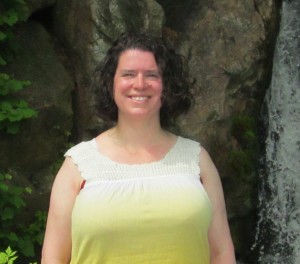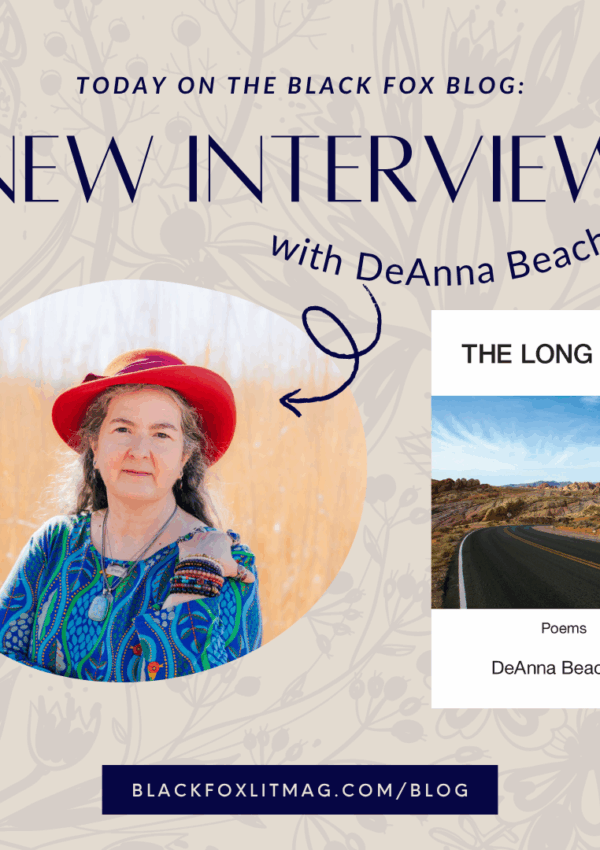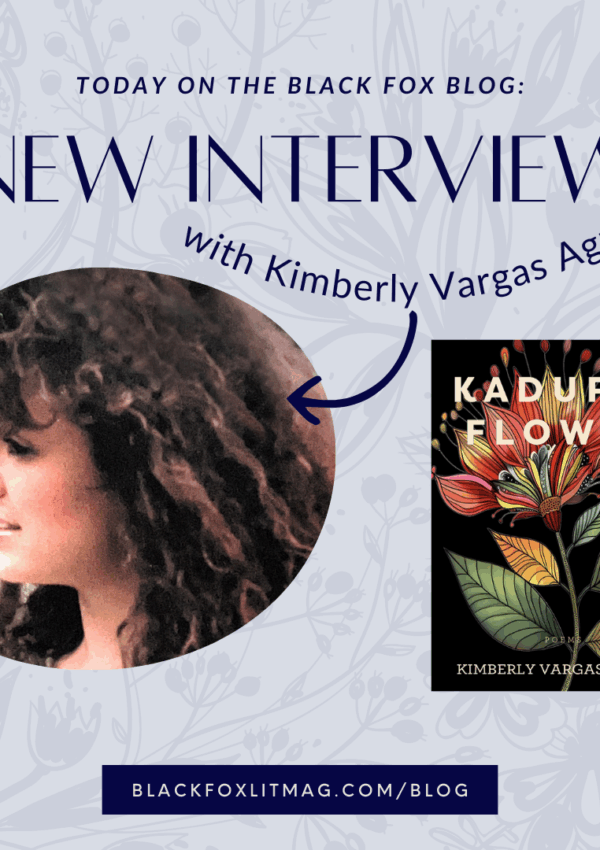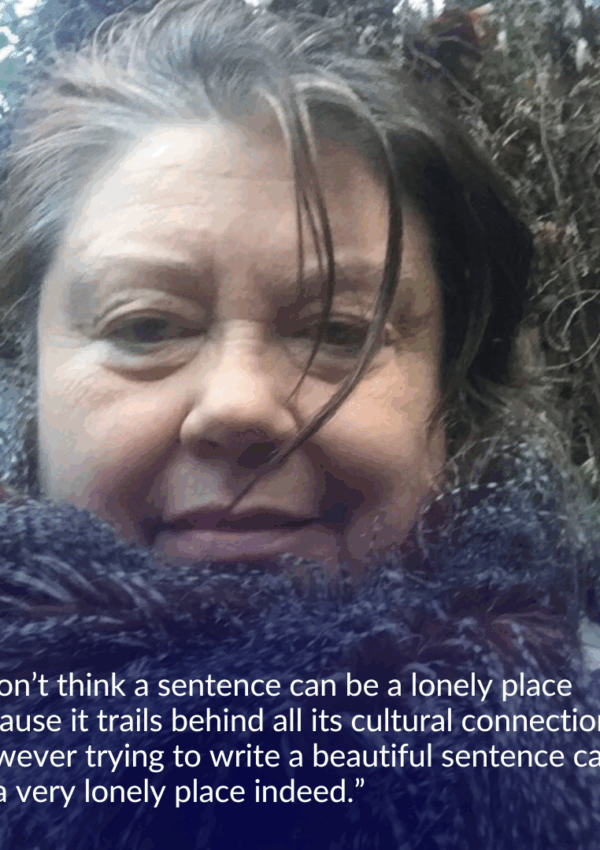Lately, I’ve been obsessed with the idea of tiny houses. Tiny is the current craze in the housing industry which means there are a plethora of tiny house TV shows to feed my obsession — which is anything but tiny! I think every writer has their ideal writing spot of their dreams — maybe a cabin in the woods, or a beach house with a perfect palm tree view. But for me, tiny is where it is at. I long for a tiny little house — efficient, full of natural light, and just the right size to hold all my writerly dreams. This desire for small and efficient is really no surprise, considering that for the last few years, my writing style of choice has been, well, tiny.
If tiny houses are making an impact on the housing industry, flash fiction is certainly making its mark in the literary world and has been for some time. A search of publications on Duotrope.com returns over 750 literary magazines that seek to publish flash fiction. Many classic pieces of flash, such as Kate Chopin’s The Hour are essential reading in high school and college literature courses.
I first fell in love with the form about a decade ago and have since published more than 25 flash stories in various literary online and print literary magazines. I find as a writer, flash is my surest cure for writer’s block. An entire flash piece (usually somewhere between 100 and 1000 words) can be written in one sitting, giving a writer that feeling of instant gratification that is often so elusive to those of us penning novels or other longer works. But just because flash fiction can be drafted quickly, doesn’t make it an easy task by any means. Truly, it is the challenge of trying to tell a whole story captured in one brief moment that makes it such an appealing literary form for me.
No matter what kind of writer you are, I encourage you to try your hand at writing flash fiction. You might just be surprised by the results. Reading the finely honed down writing of Meg Pokrass has helped me become a better editor. Pieces like Jamaica Kincaid’s Girl have pushed me to get in touch with my inner poet. Reading Donald Barthleme’s The School inspired me to go outside my comfort zone and not shy away from the absurd in my flash. These are just a few examples of the many authors that have impacted me own writing, but I encourage anyone who wants to write flash to first start by reading some and see where inspiration takes you. There’s no one right way to write flash, of course, but if you are having trouble getting started, the following advice has always served me well.
- Focus on a small moment. Don’t try to cram too much of a time span into one flash piece. Some of the best flash only takes place over the course of a few minutes. Think about that moment that changes everything, even if it is just internally, and try to capture it on paper.
- Don’t get too caught up on word count. Flash fiction is really made during the revision process, so when you are drafting, just let the story unfold. If you are focusing on one small moment, it won’t get too unwieldy, and if you do go over your target word count, then you get the joy of cutting out all the excess. Trust me, it can be a very empowering process to cut it down to the bare essentials.
- Start with a prompt. I find it is often easier to get a flash piece started if I first compile a list of words I want to use, or find an image to use as inspiration. There are tons of resources on the internet, but these are two of my favorites: Random Word Generator or Photo Generator.
- Make your readers work for it. Because you have a limited number of words to work with, you don’t have the luxury of over-explaining things to your reader, but that’s one of the best things about reading flash. The subtlety of a really well-written piece will have readers going back to read it again to truly absorb the complex piece you have unfolded before them in such a brief moment. And because it is so short, readers will not be afraid to go back and read it again.
So the next time you sit down to put words to paper or you’re staring down at the blank document on your laptop, try going tiny. If I’ve learned anything from watching all those tiny house shows it’s that going tiny leads to bigger, more fulfilling experiences.
Diane D. Gillette lives in Chicago, IL. She has an MFA in Creative Writing from Emerson College and an MAT in Urban Education from the University of Chicago. Over the last decade, she has had over 30 short stories published in various literary magazines. A majority of her publications have been flash fiction, which is her true writing love. In addition to being a writer, she is also an elementary school teacher whose students write truly amazing things that inspire her every day.
You can find Diane’s fiction in Black Fox Issue 4.




